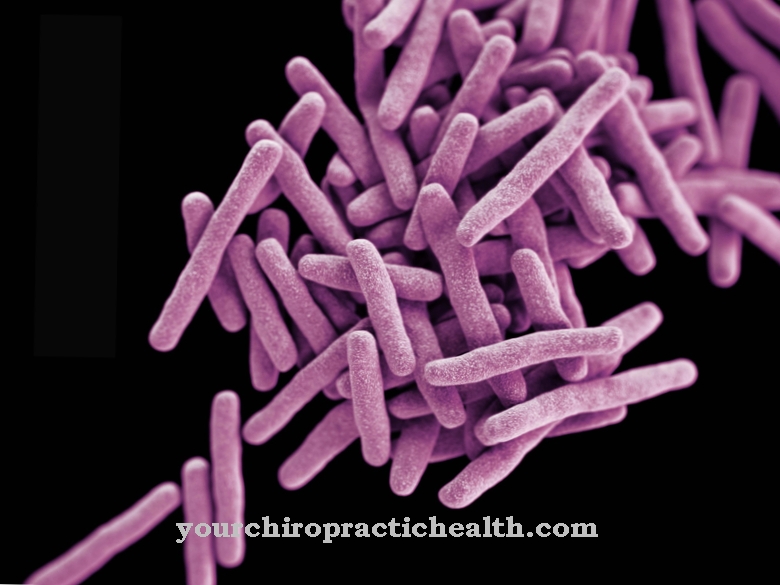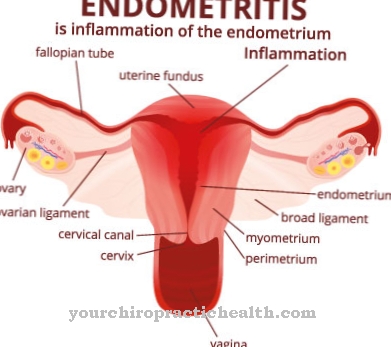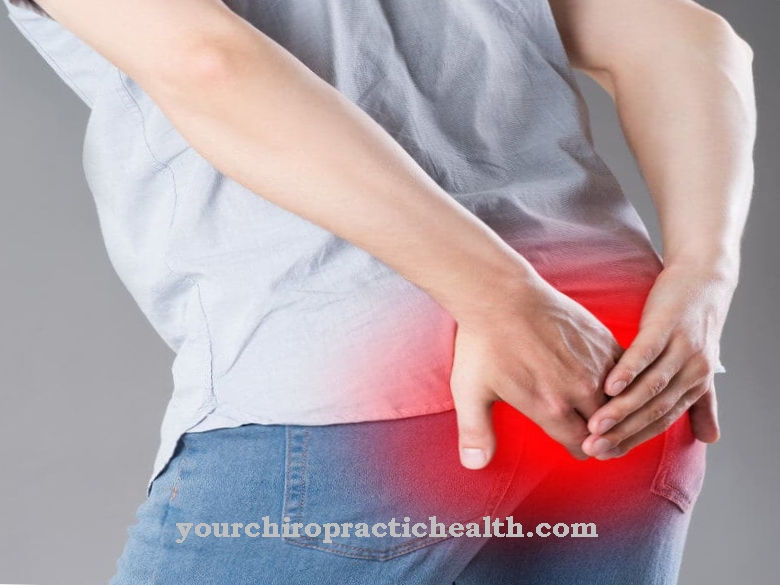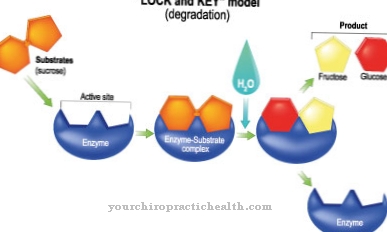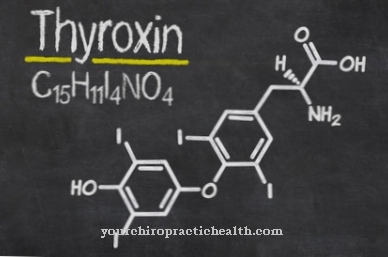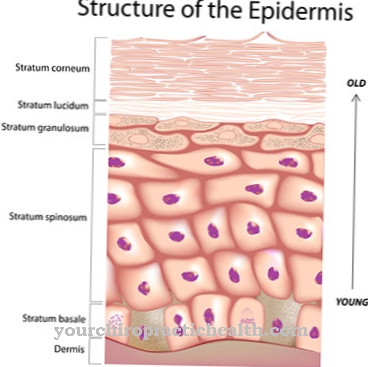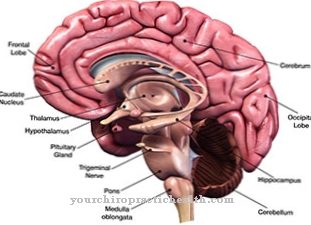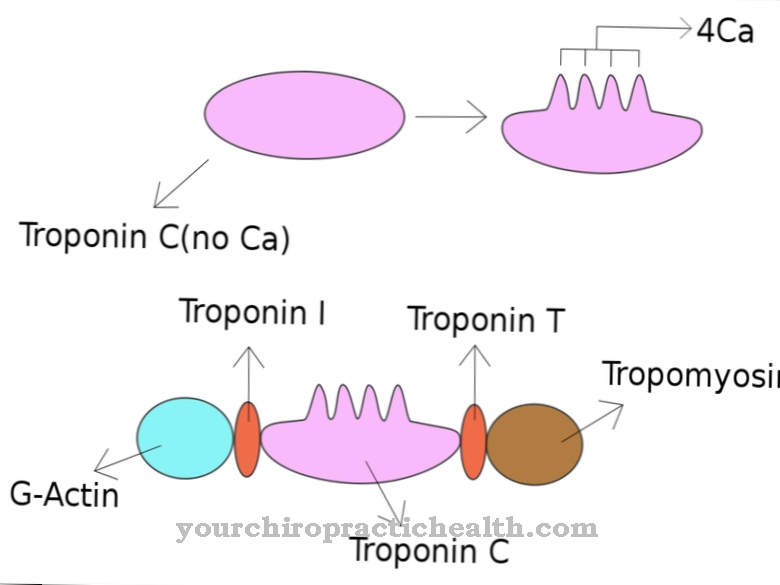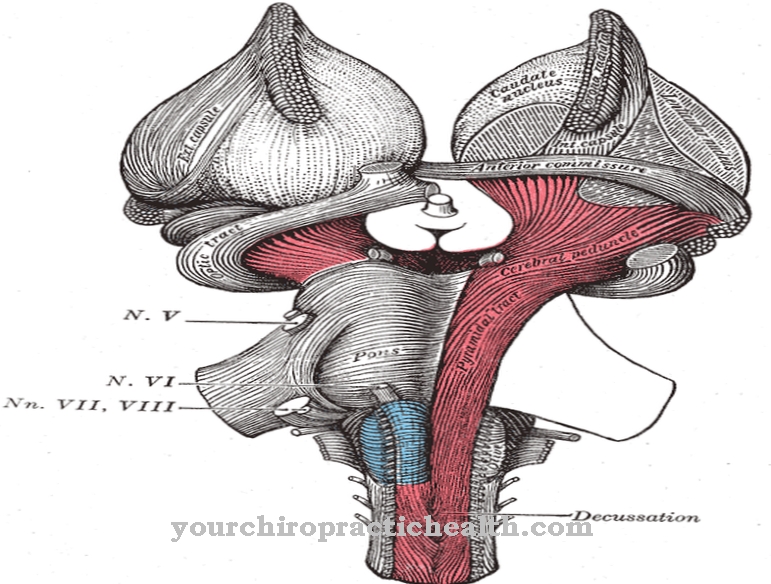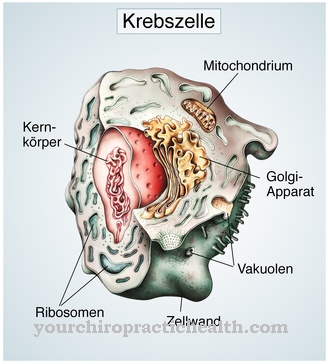In the Hypotrichosis with juvenile macular dystrophy it is an inherited disease that exists from birth. The disease is usually referred to by the abbreviation HJMD. Hypotrichosis with juvenile macular dystrophy is relatively rare. Your main symptoms are weak hair growth (medical term hypotrichosis), which is noticeable even in small children. There is also a so-called macular dystrophy, which progressively develops.
What is hypotrichosis with juvenile macular dystrophy?

© Irina84 - stock.adobe.com
The Hypotrichosis with juvenile macular dystrophy occurs only with a very low frequency. The hair of the affected patients only grows sparingly and remains comparatively short because it falls out quickly. This symptom manifests itself in the context of hypotrichosis with juvenile macular dystrophy together with macular degeneration. The disease results in the affected person becoming blind.
The exact frequency of hypotrichosis with juvenile macular dystrophy is not yet known. The disease was first described in 1935, and around 50 people have been identified since then. However, estimates are an approximate frequency of 1 in 1,000,000.
causes
The cause of hypotrichosis with juvenile macular dystrophy is based on a genetic defect. More precisely, it is a special mutation at a certain gene location. The corresponding gene is responsible for coding the substance P-cadherin. This substance is also found in the epithelium within the follicles of the hair.
In addition, the substance is also part of the epithelium of pigment on the retina of the eye. Basically, hypotrichosis with juvenile macular dystrophy is an autosomal recessive inheritance. The substance P-cadherin binds calcium. This plays an important role in the production of cell contacts in various organic tissues. The disease is also associated with a special form of heterozygosity.
Symptoms, ailments & signs
Hypotrichosis with juvenile macular dystrophy shows various typical symptoms. The first characteristic is the sparse hair growth. The head hair of the patients is relatively weak. This symptom shows up either in newborn babies or a few months after birth.
The hair on the head does not increase as the patient gets older. In addition, there is impairment of vision. This usually occurs between the first and third decade of life. The patient's visual acuity is increasingly reduced. The reason for this lies in macular degeneration, which progresses with increasing age.
In numerous cases, this leads to the fact that those suffering from hypotrichosis with juvenile macular dystrophy go blind. Blindness usually occurs between the second and fourth decade of life. Under certain circumstances, hypotrichosis with juvenile macular dystrophy is also associated with various deformities of the extremities. In such cases, the disease is also known as EEM.
Another characteristic of hypotrichosis with juvenile macular dystrophy is that the hair of the affected patient is relatively poor in pigment. The hair on other parts of the body is comparatively normal. Declining eyesight is also associated with a deterioration in the ability to read. Apart from these symptoms, patients develop normally. Their life expectancy is also high on average.
Diagnosis & course of disease
If a child shows the typical signs of hypotrichosis with juvenile macular dystrophy, a doctor should be urgently consulted. An anamnesis is taken together with the patient and, if necessary, their parents. The family history plays a particularly important role, since hypotrichosis with juvenile macular dystrophy is a hereditary disease.
After the patient interview, various clinical examination methods are used. The focus here is initially on the visible symptoms, for example sparse head hair. In this way, a suspected diagnosis is already possible in numerous cases. In addition, the background of the eyes is examined, which degenerates with juvenile macular dystrophy in the context of hypotrichosis and shows abnormal pigmentation.
Special examinations serve as evidence of the functional disorders that show up at the so-called rear pole. In addition, examinations of the scalp and hair are possible, which indicate hypotrichosis with juvenile macular dystrophy. Differential diagnosis also plays an important role.
It is particularly important to distinguish hypotrichosis with juvenile macular dystrophy from the EEM syndrome. Because this disease is caused by a similar mutation. Hypotrichosis with juvenile macular dystrophy can usually be diagnosed before birth. A prenatal diagnosis can be carried out if the causative mutations are clear.
Complications
Hypotrichosis with juvenile macular dystrophy primarily results in reduced hair growth. This has a negative effect on the patient's appearance, which leads to feelings of shame and decreased self-confidence. Furthermore, it can also lead to inferiority complexes and depression.
Not infrequently, children suffer from teasing and bullying because of their appearance. The hair on the head does not increase in the course of life. The hypotrichosis with juvenile macular dystrophy also leads to a reduction in vision, so that in the worst case scenario, the patient may be completely blind.
It is not uncommon for various deformations to occur on the patient's extremities, which can lead to restrictions in everyday life or to restricted mobility. The quality of life is severely limited by the symptoms of this disease.However, in most cases the disease does not reduce life expectancy.
A causal treatment is not possible in this case. Only the symptoms of hypotrichosis with juvenile macular dystrophy can be treated and restricted, whereby a positive course of the disease cannot be guaranteed. It is not uncommon for parents or relatives to be affected by psychological complaints and require appropriate treatment.
When should you go to the doctor?
If hair loss continues for several weeks and more than 100 hairs fall out per day, a doctor should be consulted. The doctor can clarify the symptoms and determine whether the underlying cause is actually hypotrichosis with juvenile macular dystrophy. If this is the case, further treatment with medication is usually initiated immediately. A hospital stay is usually not necessary for this. The person concerned should also see a doctor if other symptoms such as skin irritation or scarring on the scalp appear.
If you notice bleeding, severe dandruff or pain on the scalp, it is best to consult a doctor on the same day. Furthermore, medical advice is required if the symptoms increase despite drug treatment or the prescribed drugs cause severe side effects and interactions. Hair restorers in particular can cause various complaints, which is why the medication must always be adjusted well. If psychological problems arise as a result of the hypotrichosis, it is best to consult a therapist.
Doctors & therapists in your area
Treatment & Therapy
Hypotrichosis with juvenile macular dystrophy cannot be cured causally. The focus is on treating the symptoms in order to maintain the quality of life of the affected person as high as possible and to prevent damage as much as possible. Due to the impaired vision, the sick children usually attend special schools.
In the future it may be possible to improve the symptoms of hypotrichosis with juvenile macular dystrophy through genetic therapy approaches. This might prevent patients from going blind.
You can find your medication here
➔ Medication for hair loss and baldnessprevention
Hypotrichosis with juvenile macular dystrophy is a hereditary disease that exists from birth. For this reason, no options for preventing the disease have been researched or known at this point in time.
Aftercare
There is no causal cure for hypotrichosis with juvenile macular dystrophy, but with follow-up care, those affected can make their lives more comfortable. It is important to prevent physical harm. The eyesight is often impaired in the sick children.
With an early therapeutic approach, the aggravation or blindness can be slowed down and perhaps even avoided. The attending physician often involves the patient in active therapy and aftercare. The doctors' recommendations make the children feel motivated to consistently keep the treatment appointments. In order to accept the restrictions in everyday life, psychotherapeutic support is advisable.
This type of aftercare is particularly relevant for patients with malformed limbs. Long-term support from psychological carers is just as helpful as targeted physiotherapy. The patient's mobility is maintained through physiotherapy exercises.
Comprehensive measures related to aftercare also help to participate in social life. This is an important point for the children affected and for the whole family. Self-help groups and special care facilities provide the necessary support and offer patients good opportunities to lead a relatively independent life.
You can do that yourself
First, patients with hypotrichosis with juvenile macular dystrophy realize that their life expectancy is not limited by the disease. The affected people achieve a quality of life corresponding to the symptoms of the disease if they come to terms with the limitations of the disease. Certain visually striking features, such as the sparse hair growth, can be concealed with wigs if the patient so wishes.
In order to avoid or at least delay the blindness of the person, the sick take an active part in the treatment of their vision. By timely medical interventions, macular degeneration can be slowed down to a certain extent if the patients follow the instructions of the ophthalmologist and keep all treatment appointments.
Some of the patients have malformations of the limbs that are associated with reduced mobility. It is therefore recommended that those affected take part in physiotherapy with physiotherapy. Some exercises can also be performed at home by hypotrichotic patients with juvenile macular dystrophy. Due to the physical disabilities, the patients often attend special schools and appropriate care facilities, so that the affected person is able to work with social care despite being unable to work. If the patients nevertheless suffer from inferiority complexes, psychological therapy is usually essential.



.jpg)
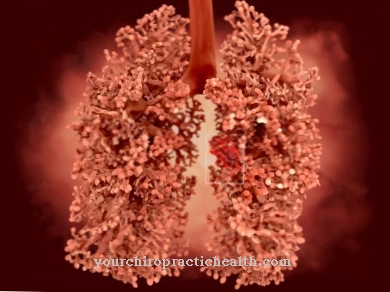
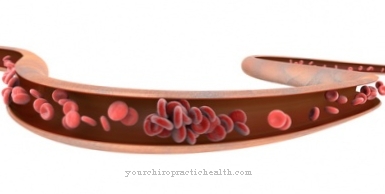



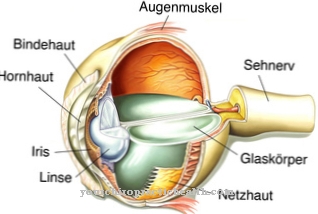
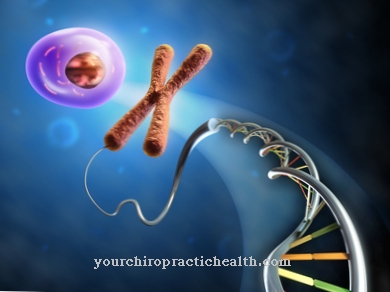
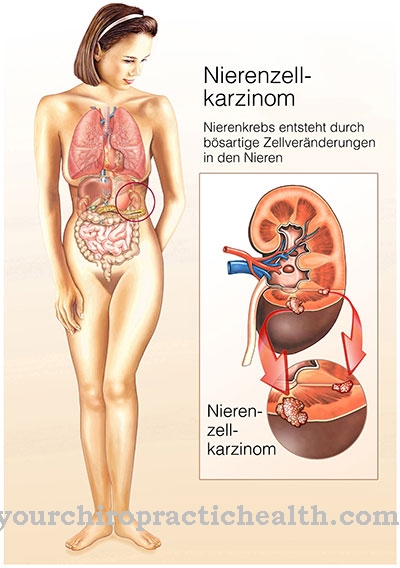
.jpg)
